Chinese agricultural experts working in Zimbabwe are touching lives and bring about positive change in the lives of ordinary farmers. Food security is a particular concern to Zimbabwe and other countries in the SADC region this year.
Zim Now Managing Editor Monica Cheru’s discussion with Chief Director Zhao Ke and the other experts touches on topics such as how the team has been instrumental in elevating some families from subsistence farming to earning modest commercial returns, lessons learnt and opportunities for improvement.
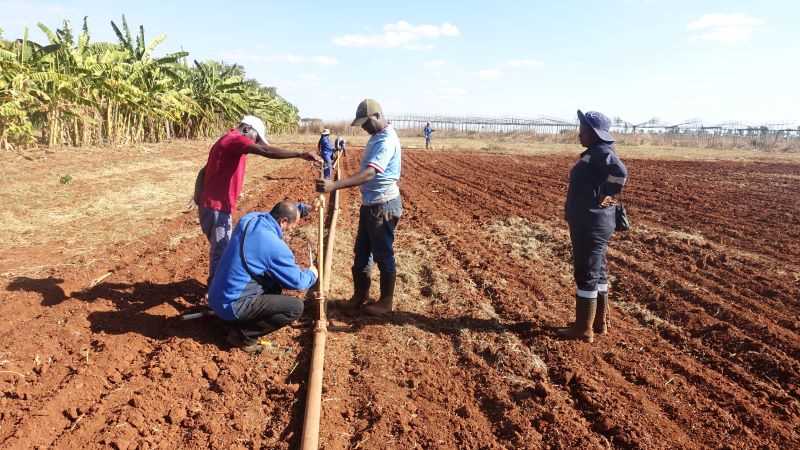
MC: What is the background to the Chinese Agric Experts Team in Zimbabwe?
ZK: The Chinese government started to dispatch agricultural experts to Zimbabwe in 2009. This current team is the 6th one. We arrived in September last year and we are here till September 2026.
Our mandate is to work in various areas including policy consultancy, technical promotion, demonstration, capacity training as well as support production in specific projects with machinery and materials.
MC: Who are the people on the team and what are their areas of expertise?
We are a group seven. I am the Chief Director and a pig and poultry expert. Deputy Director Liu Jinawen is a vet. Deputy Director Zhou Shiwei is a horticulture expert, Other team members are Lu PuZheng, an expert on crop and agricultural products processing, Ma Dengrong, an agricultural machinery expert, Tang Junlin, an irrigation expert, and Yan Shougen a cattle farming expert.
MC: In which areas are you working and who are your partners?
ZK: We are working with the Ministry of Lands, Agriculture, Fisheries, Water and Rural Resettlement in Zimbabwe. We established the first Chinese-Zimbabwe Agricultural Cooperative for Poverty Reduction Demonstration Village in Zvimba, Mashonaland West in 2019.
The demonstration village works with an established cooperative farmers club. The Chinese expert group worked with the villagers to implement agricultural projects such as indigenous chicken and rabbit breeding, and corn planting. We also built public welfare projects such as solarized water pump stations for human and livestock.
We established poultry hatchery and farmer training centres. Our training targets young leaders and practical technical training for farmers.
The Chinese expert group focused on skills sharing in technologies such as high-yield production for corn, construction technology for meat rabbit cages, construction technology for free-range chicken pens, indigenous chicken breeding, solar energy for poultry hatchery, chick brooding, grass planting, and rabbit breeding, solarize pump station for human and livestock drinking water, and friendly combination of planting and breeding technology. We believe this has greatly improved the level of local agricultural production.
Annual average annual income for the target group is now US$1,150 per household, an increase of 52%. This has significantly improved the living standards of the villagers.
In 2022, the project was selected as the Best Poverty Reduction Case in the "Global Solicitation on Best Poverty Reduction Practices (Third Call)" jointly organized by the International Poverty Reduction Center in China (IPRCC), the International Fund for Agricultural Development (IFAD), the Food and Agriculture Organization of the United Nations (FAO), the World Food Program (WFP) and the China Internet Information Center (CIIC).
MC: Is it possible for other farming organizations to also cooperate with you? How can other interested people also access your group’s expertise?
ZK: We already cooperated with the Zimbabwe Commercial Rabbit Breeders Association (ZICORBA) in the model village. ZICORBA provides breeding stock rabbits to smallholder farmers, and the farmers will sell the rabbits to ZICORBA after 3 months of feeding. We also organize agricultural training courses and provide technical assistance for the farmers from other parts of the country.
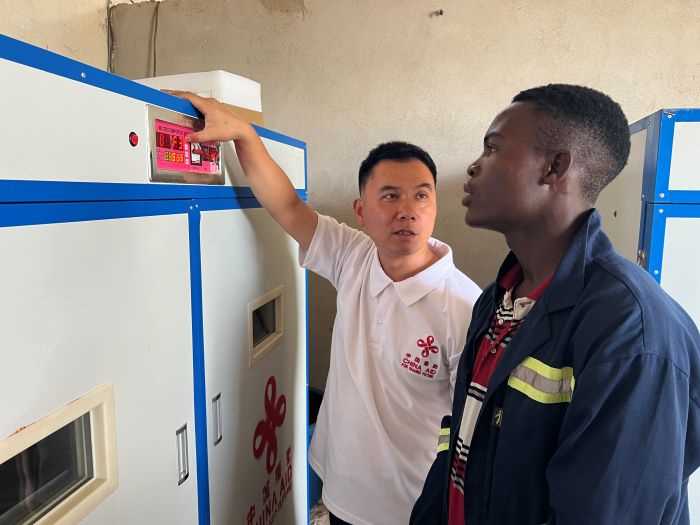
MC: China has overcome a history of famine and is now efficiently feeding nearly 20% of the global population with less than 9% of its arable land and 6% of its water resources. What can you attribute this success to?
ZK: The main factors and experiences of China's grain growth and development are also reflected in the following important aspects.
Related Stories
Policies
Polices ensured established a dual-tiered operating system based on household contract management. Fully exempted agricultural taxes boosted farmers' production enthusiasm and grain planting enthusiasm.
Continuously strengthened grain production capacity building
This impacts through improved soil, strengthened water conservancy facilities construction, and strived to achieve quality improvement of limited arable land resources.
Agricultural machinery purchase subsidies effectively promoted agricultural mechanization development. In terms of land, permanent basic farmland was delineated, ensuring the basic capacity for grain production in terms of land quantity.
At the same time, high-standard farmland construction was carried out, and vigorously "reduced pesticides and fertilizers," implemented pilot projects for crop rotation and restoration of soil fertility, and ensured the basic capacity for grain production in terms of land quality. China strictly implemented the strategy of "storing grain in the land," storing grain not only in large-scale cultivated land but also in high-quality cultivated land.
Strengthened science-driven efforts resulted in accelerated innovation and application of seed and agricultural machinery technologies, further enhanced grain comprehensive productivity, achieved grain yield increase, quality improvement, and cost reduction, improved agricultural disaster prevention and reduction capacity, and sought grain productivity and yield by relying on science and technology.
Optimized agricultural production and operation modes
This gives transfer rights to operate and manage contracted land and encourages land circulation, leading to moderate-scale farming. At the same time, in the issues of "who will farm the land" and "how to farm the land," we emphasize the important role of new types of agricultural operators such as professional households, family farms, agricultural cooperatives, and leading enterprises in food production, while constantly guiding small farmers to use socialized services and agricultural production outsourcing. (By Lu Puzheng, crop and agricultural products processing expert.
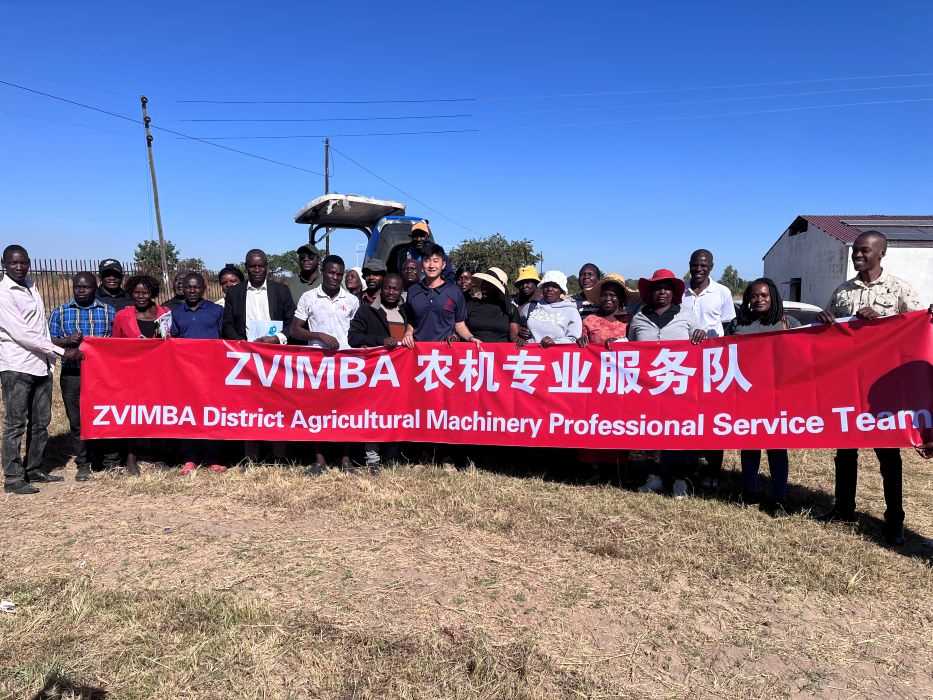
MC: Many Zimbabwean farmers are excited at the export of citrus fruits to China. What other crops are in high demand that local farmers should consider?
ZK: For that I will ask the horticulture expert Zhou Shiwei to (ZS) respond.
ZS: Another fruit farmers may consider is avocado. Avocado, a perennial evergreen tree, is also known as oil palm, crocodile pear, and butter fruit, among others. There are three avocado cultivars globally, namely, Mexican, Guatemalan, and West Indian cultivars.
The Chinese avocado industry started early, but due to insufficient attention, the national avocado industry has a low level of industrialization, with problems such as small planting area, scattered planting, single variety, lack of proprietary varieties, crude cultivation and management methods, low and unstable yields, and poor fruit quality. In 2021, the harvested area of the avocado industry in China was around 18,000 hectares.
China's lack of understanding of avocados, the lack of relevant funding and publicity, the slow progress of avocado research and promotion work, resul in China's avocado production being far from meeting domestic demand, Peru is still the main supplier of avocados to China, followed by Mexico and Chile, other countries (such as New Zealand, Colombia, the Philippines, the United States) are regarded as new suppliers. In 2021, China imported more than 26,000 tons of fresh avocados from Peru, accounting for 64 percent of the imported avocado market share. From January to September 2022, China imported about 25,611 tons of Peruvian avocados. In recent years, the nutritional and health benefits of avocados have become well-known, leading to increased demand and rising prices. In 2021, the wholesale price of the avocado market in China is about 2.67 USD/kg.
With the deepening of Chinese consumers' cognition of avocados, avocados are gradually accepted by the market, and consumers' consumption power increases, the domestic avocado market size will be about 0.52 billion Dollars in 2024.
MC: The issue of GMOs is unresolved in Zimbabwe. GMO seeds are banned but there is no stringent control of imported foodstuffs to ensure that GMOs don’t come. Do you think that adopting GMO production could help African countries like Zimbabwe overcome persistent hunger challenges?
GMO seeds can improve the productivity and disease resistance of the crops. It is a controversial issue in many countries, I think it needs more evidence to draw a safe result in the future.
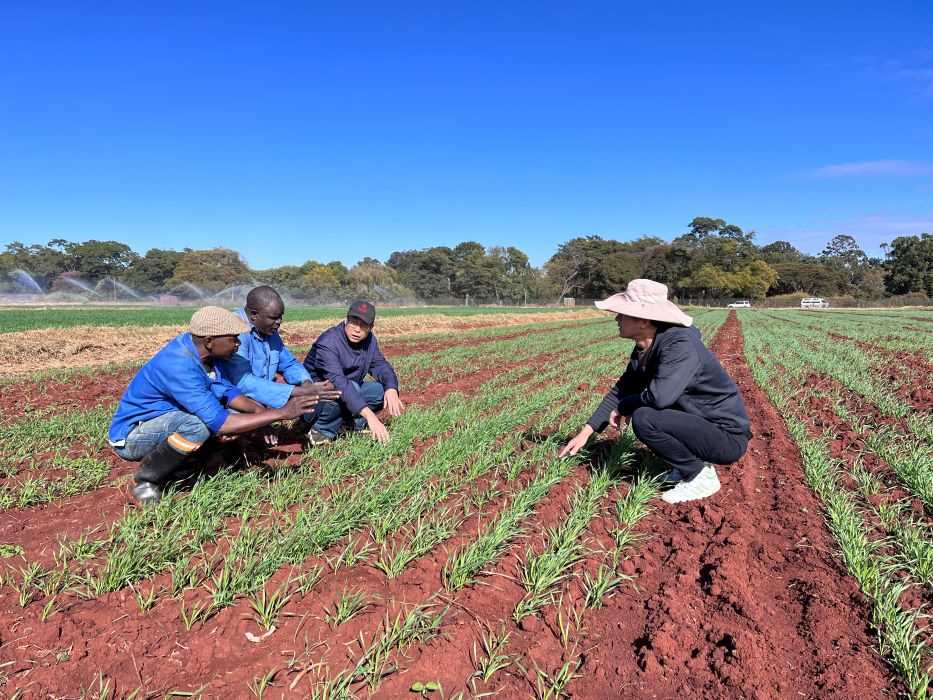
MC: What have you learnt from the Zimbabwean experience?
In the almost one year I have been in Zimbabwe, I have found that improving the living conditions of local farmers is not just about technology. It is also about finding good wealth-creating projects that enable people to make profits from agricultural activity, increasing their enthusiasm and autonomy in these activities, and allowing them to embark on a path of self-development.

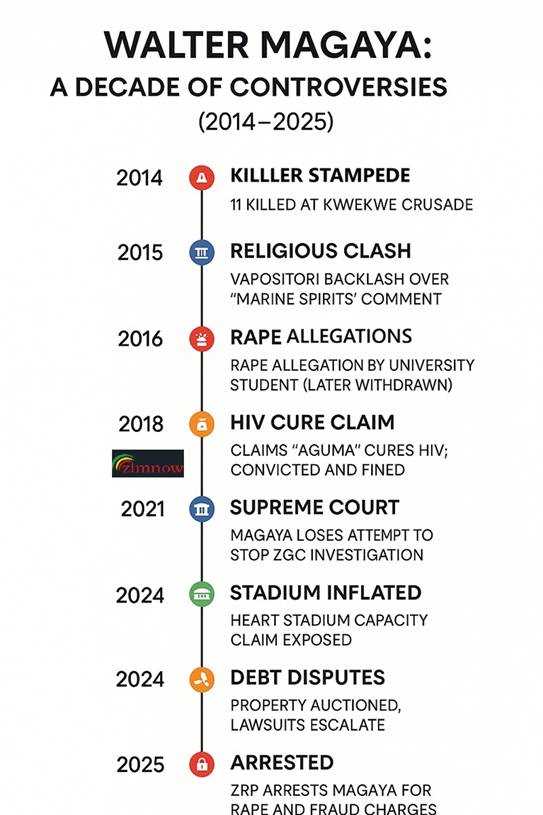








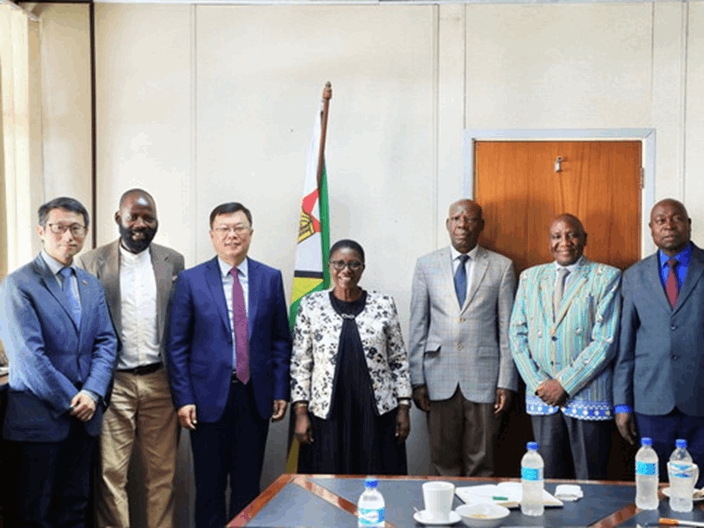
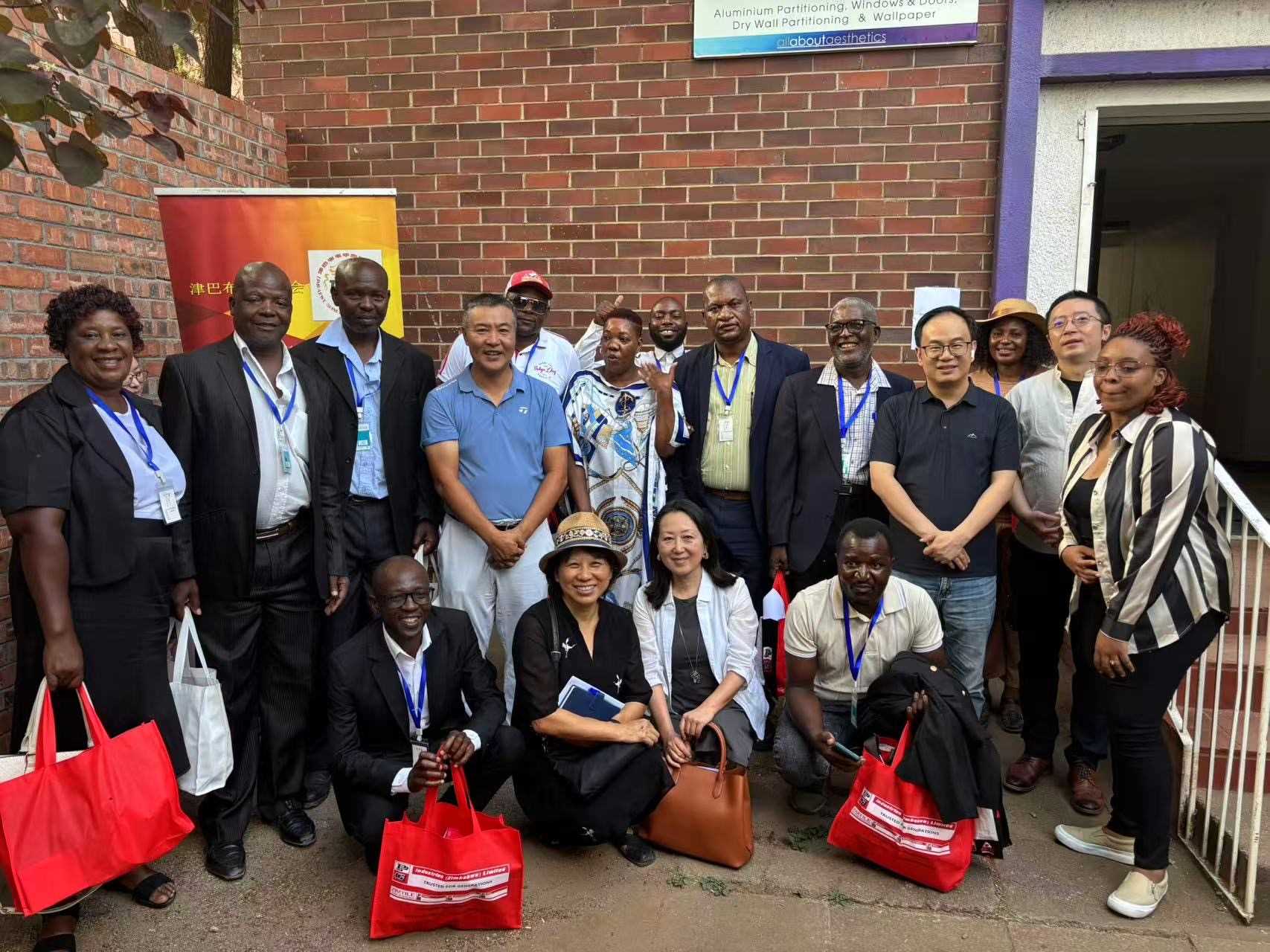
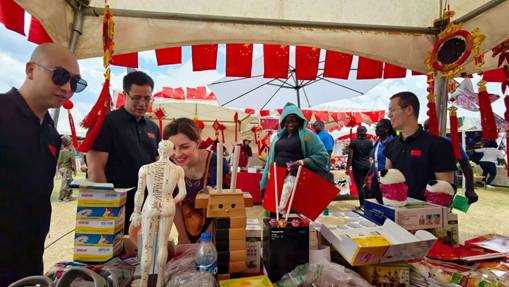



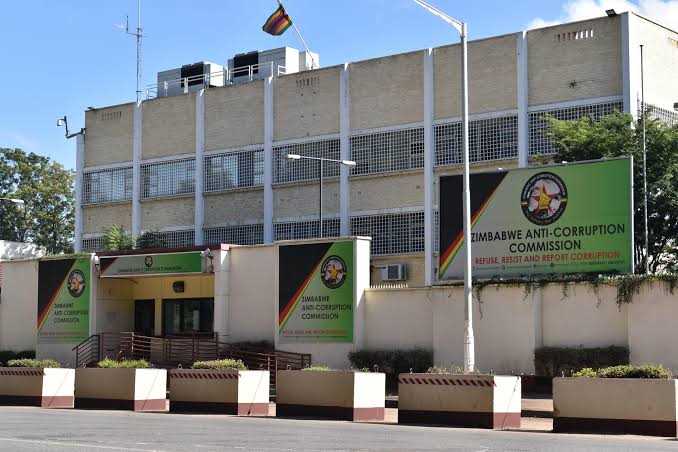
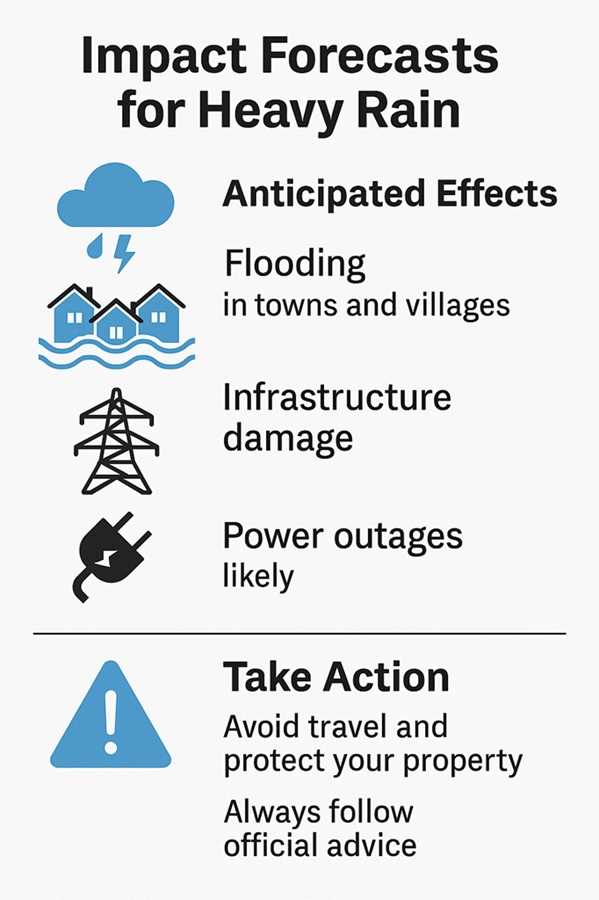


Leave Comments